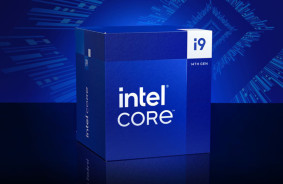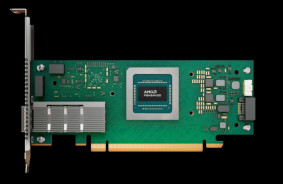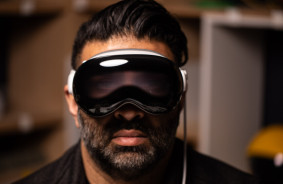The Omega photo-finish camera, capable of capturing images at a staggering 40,000 frames per second, played a crucial role in helping American athlete Noah Lyles secure an Olympic gold medal in the 100-meter sprint final. His rival, Kishan Thompson from Jamaica, finished just five thousandths of a second behind.
For an additional 30 seconds after crossing the finish line, the bewildered athletes stared at the screen while judges reviewed the images captured by the Omega camera.
For decades, Omega has served as the official timekeeper for the Olympic Games, and this year unveiled a new camera that takes four times more shots per second (40,000 FPS) than the previous system, and boasts a higher resolution as well.
This edit of the Men's 100 meter final in progress
Absolutely incredible, the gap from Lyles (1st) to Seville (8th) was just 0.12 seconds
📹 Hector Vivas via Getty Images pic.twitter.com/IcaThSDj74
— Spellbinding Odyssey (@SpellOdyssey) August 5, 2024
Both Lyles and Thompson completed the 100 meters in 9.78 seconds — the images show red lines indicating whose body part "crossed" the finish line first:
The camera is called the Omega Scan 'O' Vision Ultimate and is a significantly upgraded version of the Scan 'O' Vision Myria camera that operated at 10,000 FPS.
Overall, the company brought 350 tons of equipment to the Olympic Games, including 200 kilometers of cabling and 550 timekeeping devices (with 55 dedicated to athletics — more than any other events). In addition to high-definition cameras, Omega employs artificial intelligence models to track athletes and equipment in real-time, providing detailed performance metrics across various sports.
Source: PetaPixel














Comments (0)
There are no comments for now